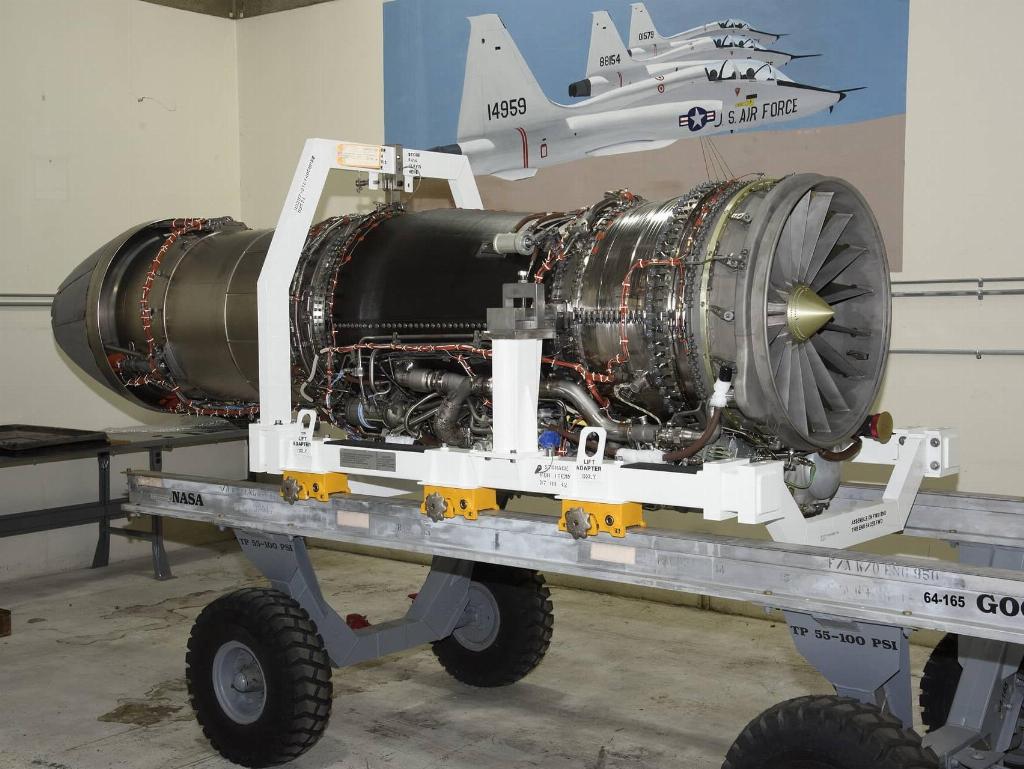Major parts of X-59 supersonic jet delivered as plane takes shape

The vertical stabiliser of NASA’s X-59 quiet supersonic technology aircraft has been delivered to Lockheed Martin’s Skunk Works facility in Palmdale, California.
Assembly is taking shape in Palmdale in anticipation of the X-59’s first flight in mid-2022.
Made of an aluminium alloy, the vertical stabiliser’s pale green colour comes from a heat-protecting coating applied to the bare metal.
The structure will be placed atop the single F414-GE-100 jet engine to form the X-59’s tail and contribute to the aircraft’s overall height of 14ft.
Designed to produce quiet sonic 'thumps' when flying supersonic, the X-59 will be flown over select communities to measure public perception of the sound. Results will be given to regulators to use in determining new rules that could allow commercial faster-than-sound air travel over land.

The F414-GE-100 engine that will power the X-plane was delivered to the Armstrong Flight Research Center in August. Nearly 13ft long, 3ft in diameter, the engine packs 22,000lb of afterburner enhanced jet propulsion.
At the centre it is being checked out and inspected before it is transported to nearby Palmdale for eventual installation into the X-59.
The elongated nose for the X-59 aircraft has also been delivered recently, a critical element in its design to reduce the loud sonic boom to no more than a quiet thump. The nose for the X-59 is over 30ft long – long enough for pilots to require an innovative virtual system to see beyond the front of the aircraft.

“We are over half-way complete with the build of this one-of-a-kind X-plane,” said David Richardson, X-59 programme director, Lockheed Martin Skunk Works. “We will soon complete close-out of the wing, which is the central structural anchor of the aircraft, and we will then prepare for mate of the empennage, fuselage, and the distinctive, super long nose. The team has done a phenomenal job of advancing aerospace technology and working through challenges to drive progress, all of which has been enabled by our close partnership with NASA.”













